Ridge Ranker: #2
By PistonHyundai 0 Comments
[This is the ninth entry in a countdown of the best Ridge Racer games. I recommend you read the introduction before reading this; it includes a brief history of the series and links for each entry.]
Ridge Racer 2 - Sony PlayStation Portable, 2006

What's Old is New Again
This is a bit of a weird one. Depending on what you expect from a sequel, Ridge Racer 2 can be considered a disappointment: it's all but literally the same game as the 2004 PSP launch title, with the same cars, same music, same gameplay, damn near the same everything, but with more tracks, more music, the addition of an arcade mode, and different endgame cars. It may not be a "proper" sequel, but Ridge Racer 2 builds off of the 2004 original's foundation and cements itself as the definitive collection of the franchise's arcade and PlayStation history.
With all this in mind, it's impossible to talk about the game without mentioning its predecessor. Ridge Racer was the first new game in the series since Ridge Racer V in 2000, the longest gap between entries the series had seen at that point. Instead of being an entirely original game, it acts as a best-of of sorts, featuring a smattering of courses and songs from across the series' appearances in arcades and on the original PlayStation (with 2006's Ridge Racer 2 completing the collection of racetracks). It's easy to get the idea that it's simply cashing in on a console launch with a quick regurgitation of old content (hell, even the new announcer will occasionally throw out lines taken verbatim from the original game), but don't be fooled. It's a greatest hits, sure, but its gameplay tweaks still make it one of the more important games in the series, shaping the way all future Ridge Racers would play.
From 2004 on, Ridge Racer games (Unbounded aside) all generally feature the same physics and driving mechanics, and with how great it feels to control, you can see why they'd stick with it for so long. Steering is as responsive as ever, drifting remains a spectacle while still requiring a deft hand to master, and the rock solid 60FPS framerate makes things feel buttery smooth. Tracks from Rage Racer finally feel challenging for the right reasons here, with some of the most feared s-bends becoming loads of fun to tackle. While the unique Grip driving style is absent, Ridge Racer takes inspiration from the dual styles introduced in R4, splitting the driving further into three different drifting setups: Mild, Standard, and Dynamic. Standard driving has the kind of drifts you would expect from Ridge Racer, while Dynamic essentially injects steroids into them and Mild tones it down to something that more closely resembles a "normal" arcade racer. Dynamic drifts retain more speed across curves but are more difficult to control, while Mild vehicles negotiate turns quite easily but with less speed. The various cars of the game feel more distinct from each other with this system, but it also works in tandem with the new nitrous mechanic to change the way you think about racing on tracks you may know like the back of your hand.

As you drift in the PSP games, you accumulate nitrous, and once one of three canisters on the HUD fills up, you're able to use the R button to unleash a boost of speed. It's a fairly standard mechanic on paper, but a few key caveats make it ever-so-slightly more of a thinking man's game. You earn more nitrous depending on both the angle and the speed of the drift, but can't earn any while it's in use, which leads to a lot of interesting situations. Ideally, you want to time your boosts so that they end right before a big drift, so you can rake in extra nitro with the leftover speed (adding another aspect to learning the layout of a track), and the wider drifts of the Dynamic style will be rewarded more juice than the conservative turns of the Mild configuration. Do you take a Dynamic vehicle into a more winding course to get more nitrous, or do you play it safe with an easier drift style and make do with well-timed speed boosts? All of it turns racing into a more involved, strategic process without taking away from its arcade nature, and gives a new complexion to well-worn locations. Both nitrous and the 3-style system would remain throughout the rest of the series, and while some people think it ruins the purity of the series' arcade gameplay, I find it a brilliant way of fleshing things out while keeping things fast and loose. If you just read a description of the games, it'd be very easy to write off both of the PSP Ridge Racers as inessential, but when you actually pick them up and play them, you realize just how bright of a new light is shed on these old tracks thanks to the new mechanics.
You'll also likely find yourself sticking with Ridge Racer 2 a lot longer than many other games in the series thanks to its high amount of tracks. A total of 21 courses (and just as many reverse versions) are included in Ridge Racer 2, which means plenty of racing. While a vast majority of the game's courses are old (everything from Ridge Racer, Revolution, Rave Racer, Rage Racer, and R4 is here), there are two exceptions. In addition to bringing over the two previously-exclusive courses from Rave Racer, they also introduce two new versions of them. The Silvercreek Dam racetrack is a less difficult take on the Mountain course that incorporates the tunnel you normally drive through if you fall off the first corner's cliff (which is now barricaded off in the original course), but the new version of the City course is a different beast altogether. Downtown Rave City is almost unrecognizable from its source material and may as well be a completely new track. Covered in urban eye candy and featuring an exhilarating stretch of swerving corners, it's one of the best tracks in the series.
There isn't an ambitious, story-based Grand Prix mode like R4, but the World Tour mode packages the game's races in a portable-friendly fashion and features one of the best difficulty curves in the series. Instead of starting with races that you have to really work towards winning, World Tour eases you in with races in slow cars against laughable AI and builds from there. Slowly but surely, cars get faster, AI gets tougher, and trickier courses are introduced, and once the credits roll, you'll unlock some of the hardest races in the series. The post-game "MAX Tours" are so insane that the first of them is only expected by the developers to be beaten by 1 in 200 players, and the final tour is expected to be beaten by only 1 in 200,000. It's a completely made-up statistic, but I've been playing the hell out of these games and I can't even beat the first race of the starting tour. Whether you're just looking for an excuse to careen through some classic tracks for a few minutes at a time or want to push yourself to the limit, you'll find it here.

Like many a Ridge Racer before it, the original PSP game was an early example of what the hardware it ran on could do, but the focus on a high framerate and the sub-480p resolution can really stick out these days. Thankfully, the PPSSPP emulator cleans it up wonderfully without the need for particularly powerful hardware. The textures definitely show their age (they certainly weren't meant to be seen blown up on a bigger screen) and the art direction may lead to the occasional unfavorable comparison to a classic track's source material (Seaside Route 765 isn't quite as colorful as its original incarnation), but it's impressive to see how well it holds up after almost 15 years.
The PSP soundtracks run the gamut, featuring new tracks, remixes, and past classics, with Ridge Racer 2 throwing in extra remixes and legacy tracks for good measure. It also marks the first time in series history where the various Ridge Racer sound teams meet: all Ridge Racer composers, whether from the SamplingMasters era or the console era, come together here to make a soundtrack that has the best of both worlds. The twelve all-new tracks are great, calling back to vibes from across the series. The smooth drum n' bass of Night Stream feels like it came right from R4 recording sessions, and the jazzy Light Groove resurrects the tropical flavor last heard in Rave Racer. It's appropriate that the soundtrack treads some familiar territory, but there's still a few tracks that try some new sounds out, like Disco Ball, which throws in, you guessed it, disco samples. Pulse Phaze from Ridge Racer V composer Yuu Miyake is a particularly interesting one: it brings some real nice funk to the fold, but it also doubles as the inspiration for his later work in the Katamari series.
The new songs are excellent, but the star of the show is the stellar set of 12 remixes, including tracks like Rareheroes (which throws its classic melody into overdrive) and the dynamic remix of Drive U 2 Dancing. Some of my favorite tracks in the series manage to become even better here (although DU2D only appears with vocals on the soundtrack album and in Ridge Racer 3D), with the cream of the crop being the new treatments of Rave Racer's music. It's pretty obvious that the composers have as much of a fondness for the multicultural approach of Rave Racer's music as I do, because they go the extra mile for these remixes. The new version of Kamikaze simply kicks your ass while introducing hints of classical Asian instrumentation, and Heart of Hearts is rearranged with new vocal samples that further the Jamaican dancehall sound. Finally, there's the incredible remix of Blue Topaz that doubles down on the original's pacific atmosphere and throws in a new intro sequence that's just mesmerizing. Overall, it may not be quite as experimental as Rave Racer's music or as cohesive as R4's, but the soundtrack definitely joins them as one of the best in the series.
Reusing old content is an unfortunate running theme for Ridge Racer, but the PSP games make it work better than any game in the series. You'd think a racing game made up almost entirely of recycled tracks would be a slog, but the nitro mechanic is such a game-changer that it all feels fresh, and one of the best selections of music the series has goes a long way, too. There's plenty of good reasons to go back to the original games, but if you just want to race, it's hard to beat Ridge Racer 2, one of the series' best examples of both quantity and quality.
[Key Tracks: Night Stream, Light Groove, Pulse Phaze]
[Key Remixes: Blue Topaz Remix, Drive U 2 Dancing Remix, Kamikaze Remix]



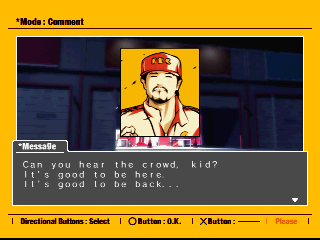
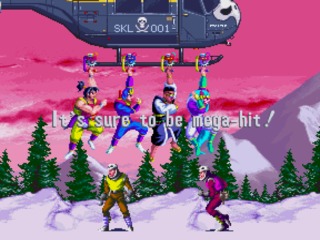
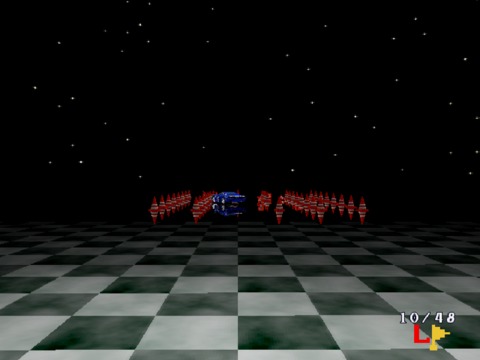
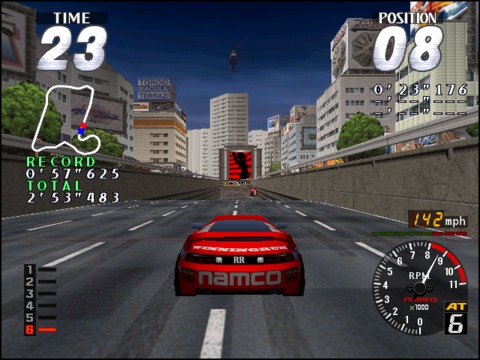
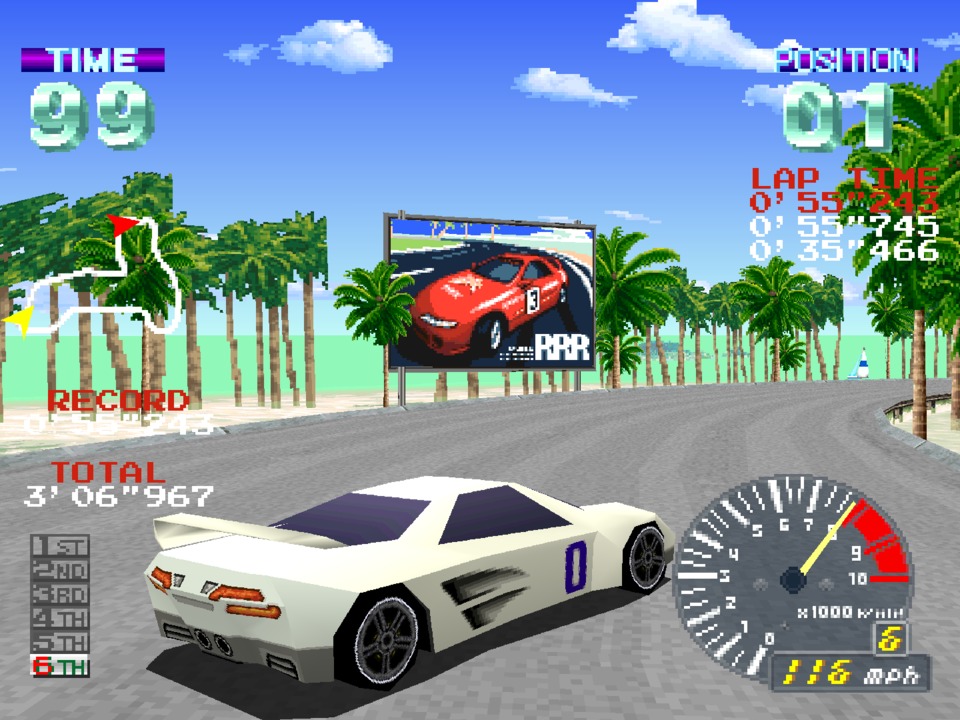
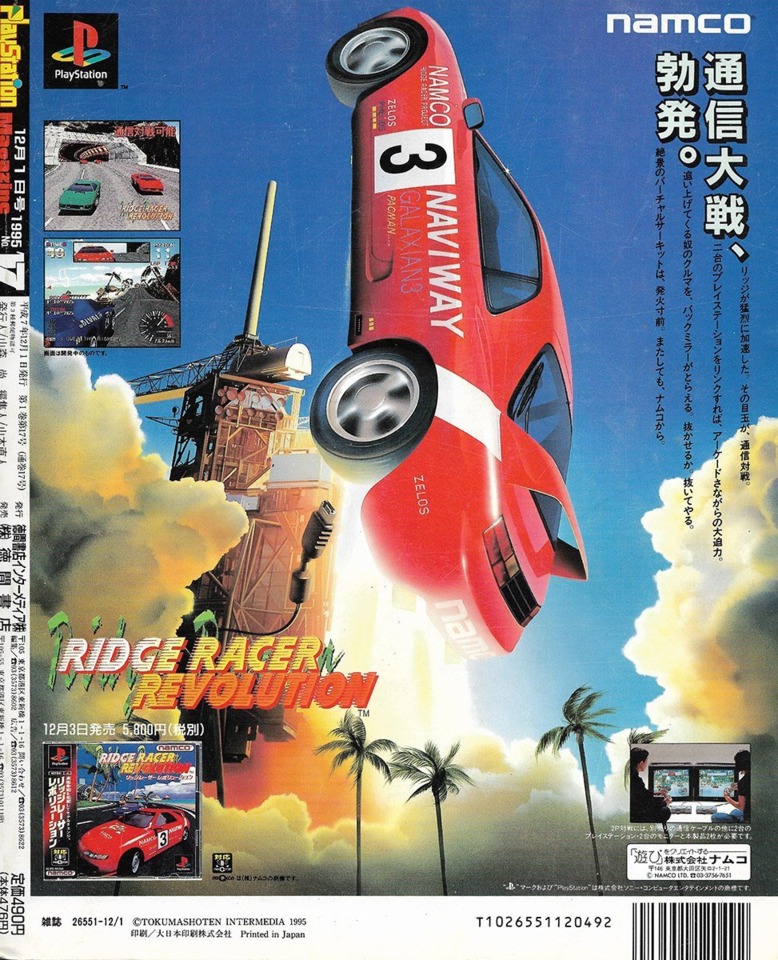
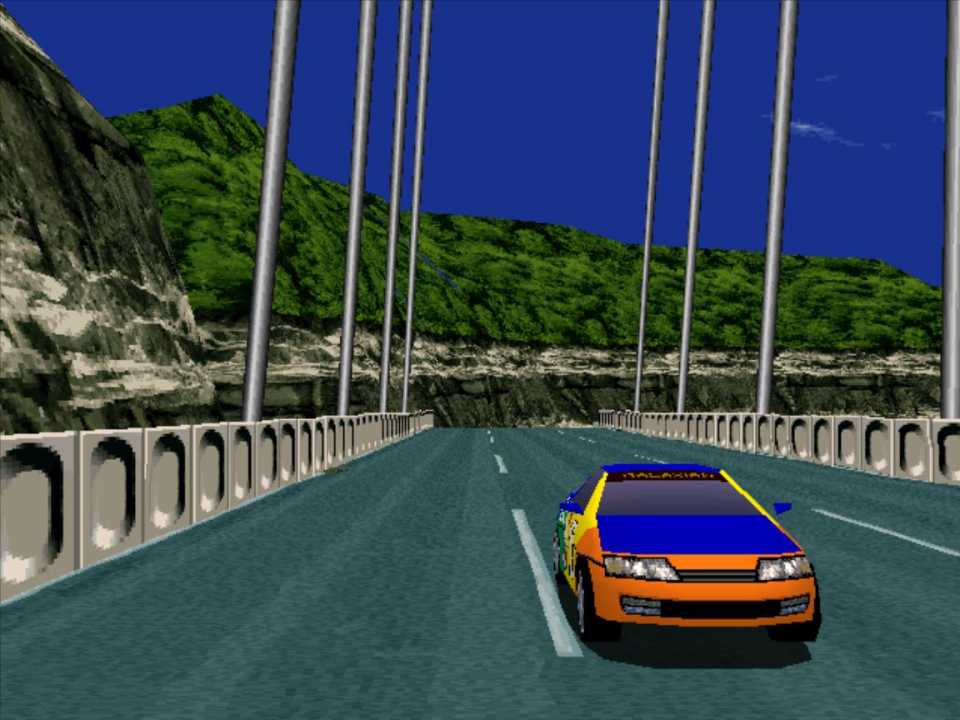
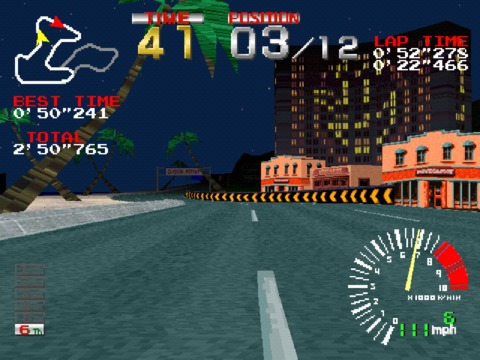


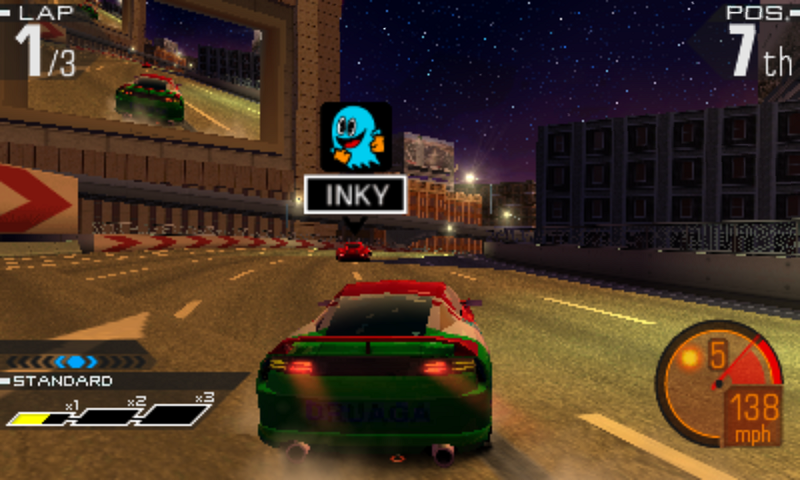
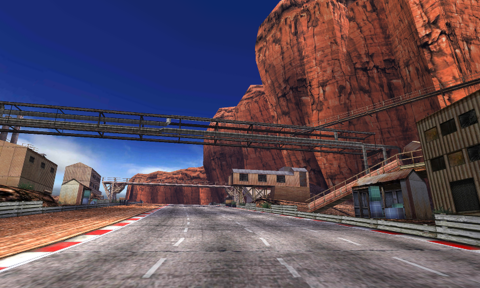



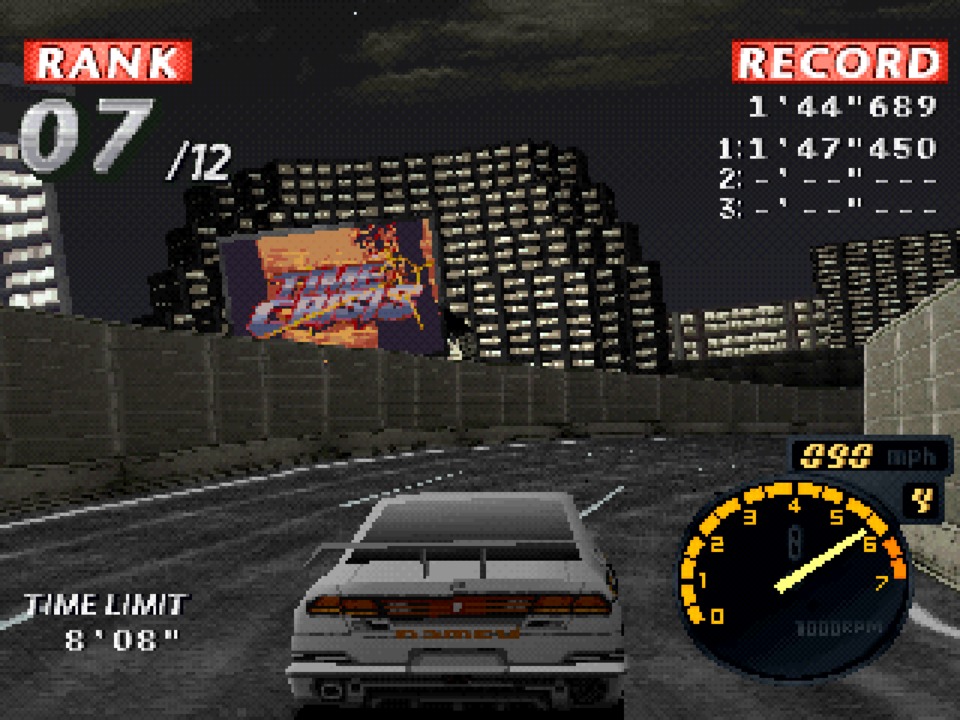
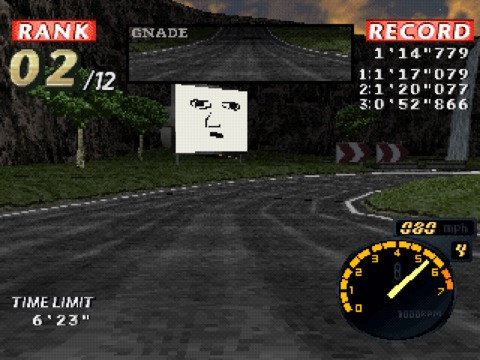




Log in to comment